Latest NRAO News
News is managed by NRAO News & Public Information. Questions about News? Have a story to share? Want to interview a scientist or create new media about our telescopes?
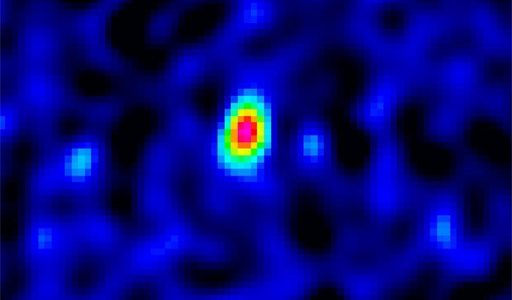
Astronomers studying the most distant quasar yet found in the Universe have discovered a massive reservoir of gas containing atoms made in the cores of some of the first stars ever formed.
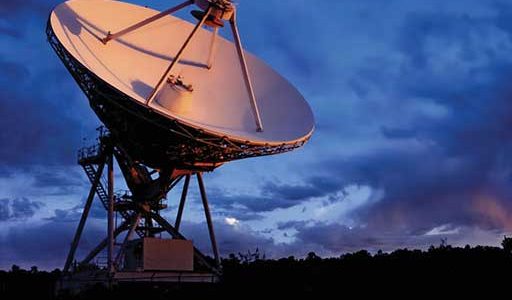
Scientists from around the globe are gathered in Socorro, New Mexico, to mark the tenth anniversary of the National Science Foundation’s Very Long Baseline Array (VLBA) , a continent-wide radio telescope that produces the most detailed images of any instrument available to the world’s astronomers.
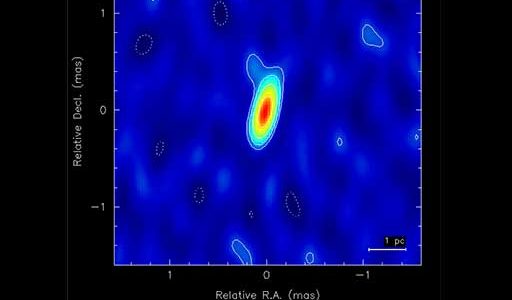
The closest Gamma Ray Burst (GRB) yet known is providing astronomers with a rare opportunity to gain information vital to understanding these powerful cosmic explosions. Extremely precise radio-telescope observations already have ruled out one proposed mechanism for the bursts.
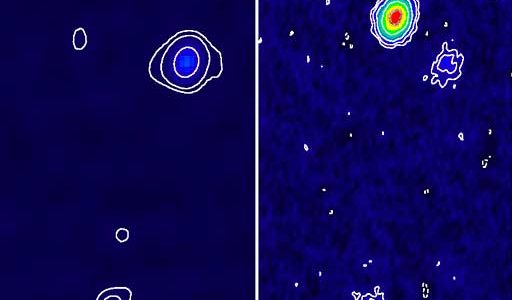
Using the National Science Foundation’s Very Long Baseline Array radio telescope, astronomers have discovered a newly-exploded star, or supernova, hidden deep in a dust-enshrouded supernova factory in a galaxy some 140 million light-years from Earth.
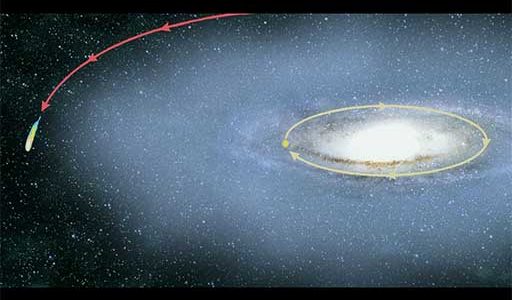
New observations with National Science Foundation’s Green Bank Telescope suggest that what was once believed to be an intergalactic cloud of unknown distance and significance, is actually a previously unrecognized satellite galaxy of the Milky Way orbiting backward around the Galactic center.

An international team of astronomers has discovered that a young galaxy had a central disk of gas in which hundreds of new stars were being born every year — at a time when the Universe was only a fraction of its current age.





